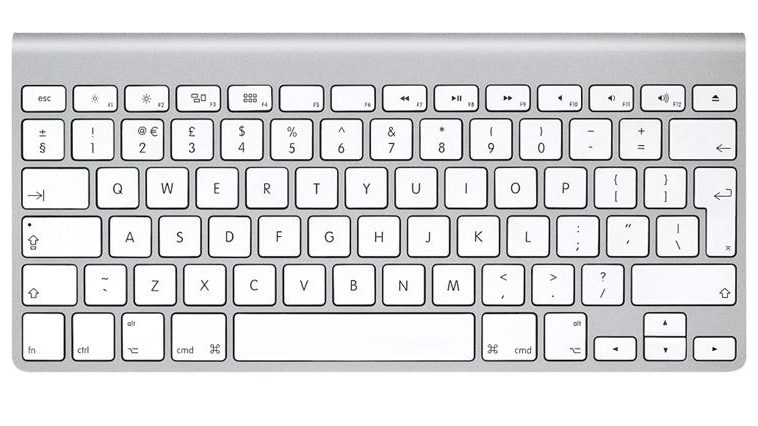How the QWERTY patterns of words did have so locked into our language?
QWERTY is the ultimate software hardwire that has winded up millions of brains and hundreds of millions of fingers around the world.
How did we end up with QWERTY?
In the post-civil war in USA, standardization became everything. There was a strong competition at that time for creating a single typewriter that could be the best fit for all. The challenge was to develop a system that could link an easy understandable interface with the complicated technology of ink, typebars, levers, and springs.
Christopher Sholes, who was a Milwaukee port official, Wisconsin Senator, and sometimes newspaper editor, was the man who created a type writer in an alphabetical order at first. It was a crude and sluggish machine in which the letters and characters were designed on the ends of rods called typebars. The typebar would swing up and hit the ink-coated tape when a key was struck which would transfer the image onto paper. But due to the keys arrangements, the type bars clashed. This arrangement of keys caused the typebars of the most commonly used alphabet letters such as TH and ST to be positioned closed together. When the key were struck with a faster speed, these would jam.
So in order to solve the malfunction, he arranged the keys in a different manner by keeping the frequency and combination of letters into consideration aiming to stop the key clashes. Sholes in 1868, in collaboration with an educator Amos Densmore, arranged the letters on the keyboard by spacing between common keys used in combination. Initially the newly arranged combination of letters was difficult for people to understand, it was not easy to find letters for typing efficiently. But the best part was, the keys wouldn’t jam and anyone who mastered the new key arrangement would actually be able to type even faster.
The beginning of QWERTY keyboard:
In 1872, the QWERTY keyboard first appeared. This first type writer machine reached the market through Remington and Sons and was named as Remington No.1. But to a surprise, this greatest technological device got ignored by most of the people at that time. The reason was that “mechanical writing” was not common among people so it was of no interest to the masses.
Sholes set out to find ideal customers:
Realizing the fact that the newly produced typewriter machine had some quirks, Sholes set out to figure the kind of customers that could make better use of his invention. He had understood by that time that this device was not much of an attraction to common people. He found that the ideal customers were the clergyman and men of letters. His aim was to make this device popular among such people so that its popularity could easily be expanded to the general public.
With some slight modifications to the first edition of the type writer model, Remington No. 2 was produced. So after more than 140 years, the arrangement of keys we use today is an arrangement of the Remington No.2.
Now almost everyone has learned to use the QWERTY layout and most of us have become so good at it that we can type without even looking at the keyboard. It just like learning a language, may it be ABCDEF Keyboard or a QWERTY keyboard, we should introduce this language to our children at a very early age because it is the language of our future and it might be the best to have our kids show us the way.
Some old images of the QWERTY type writers

http://www.todayifoundout.com/index.php/2012/01/the-origin-of-the-qwerty-keyboard/







